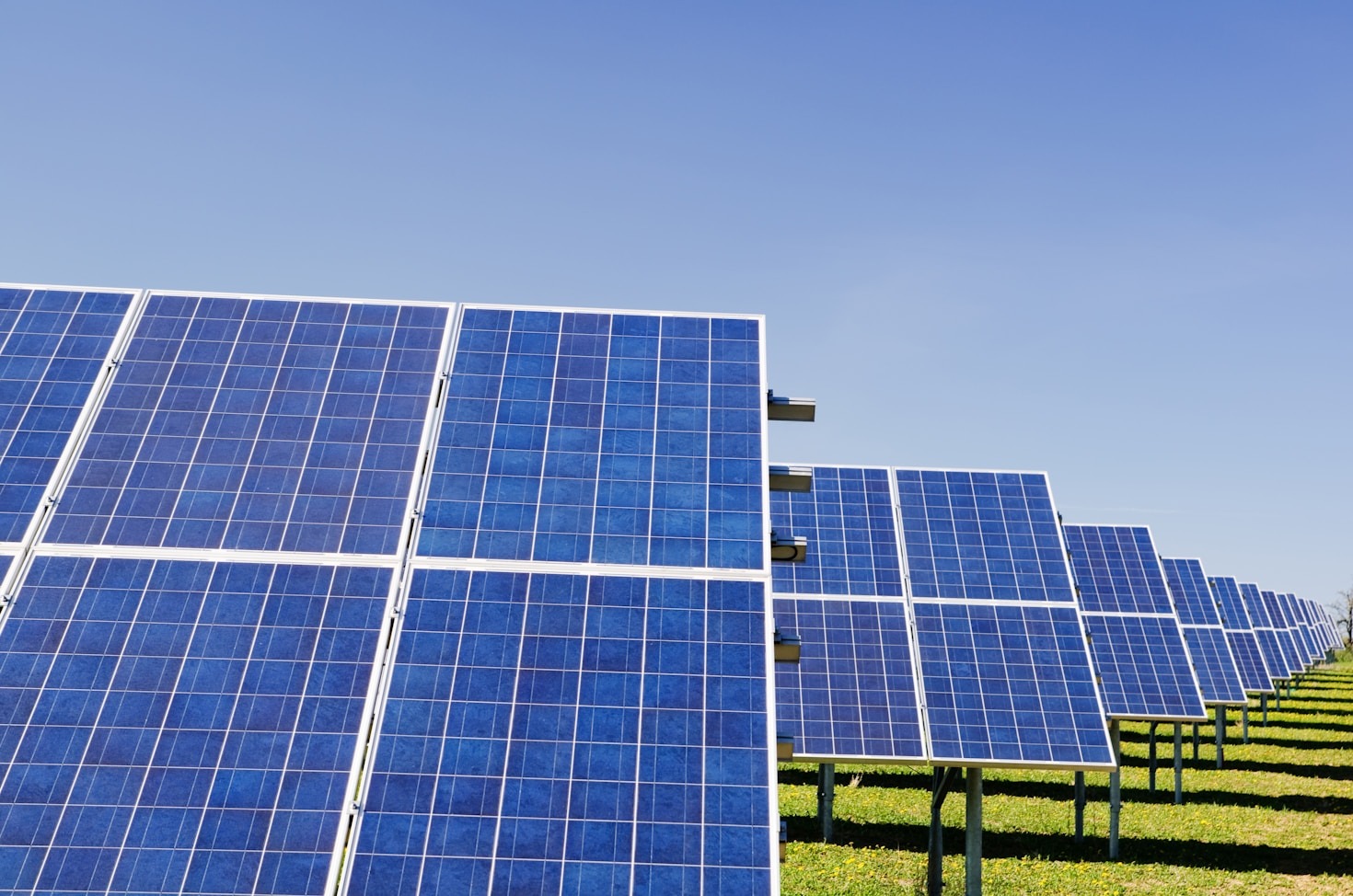LEED: Principles, Goals, and Scoring
Overview of LEED
LEED is a certification system developed by the U.S. Green Building Council (USGBC) to evaluate the environmental performance of buildings and encourage sustainable design. It provides a framework for designing, constructing, and operating green buildings. LEED certification is awarded based on a point system across several categories, with four levels of certification:
Platinum (80+ points)
Certified (40–49 points)
Silver (50–59 points)
Gold (60–79 points)
Importance of Sustainable Design in Estonia
Estonia has emerged as a leader in green design and sustainable architecture, ranking first in future prospects for green buildings. The country’s commitment to sustainability is evident in its policies, innovations, and architectural practices. Key factors include:Global Leadership: By integrating advanced sustainable technologies, Estonia can serve as a global example for green building design.
Government Support: Estonia’s national policies promote energy efficiency and renewable energy adoption.
Climate Considerations: The cold climate necessitates innovative heating and ventilation solutions, making the wind-to-warmth conversion system highly relevant.

Conclusion
Our wind-powered heating device offers a groundbreaking solution to the pressing challenges of energy efficiency and sustainability. By leveraging Estonia’s commitment to renewable energy and innovative technologies, this product has the potential to revolutionize building heating systems. With a clear development roadmap, a strong team, and a scalable business model, we are confident in the success of this venture.


Leave a Reply